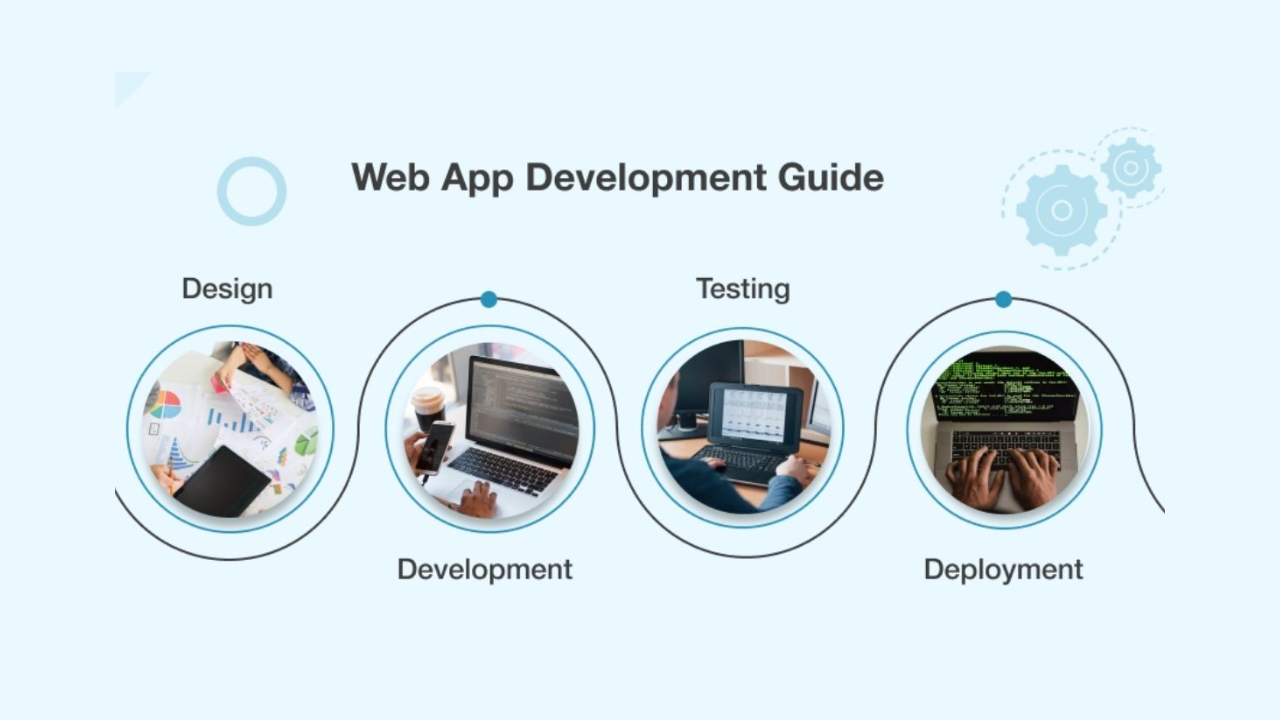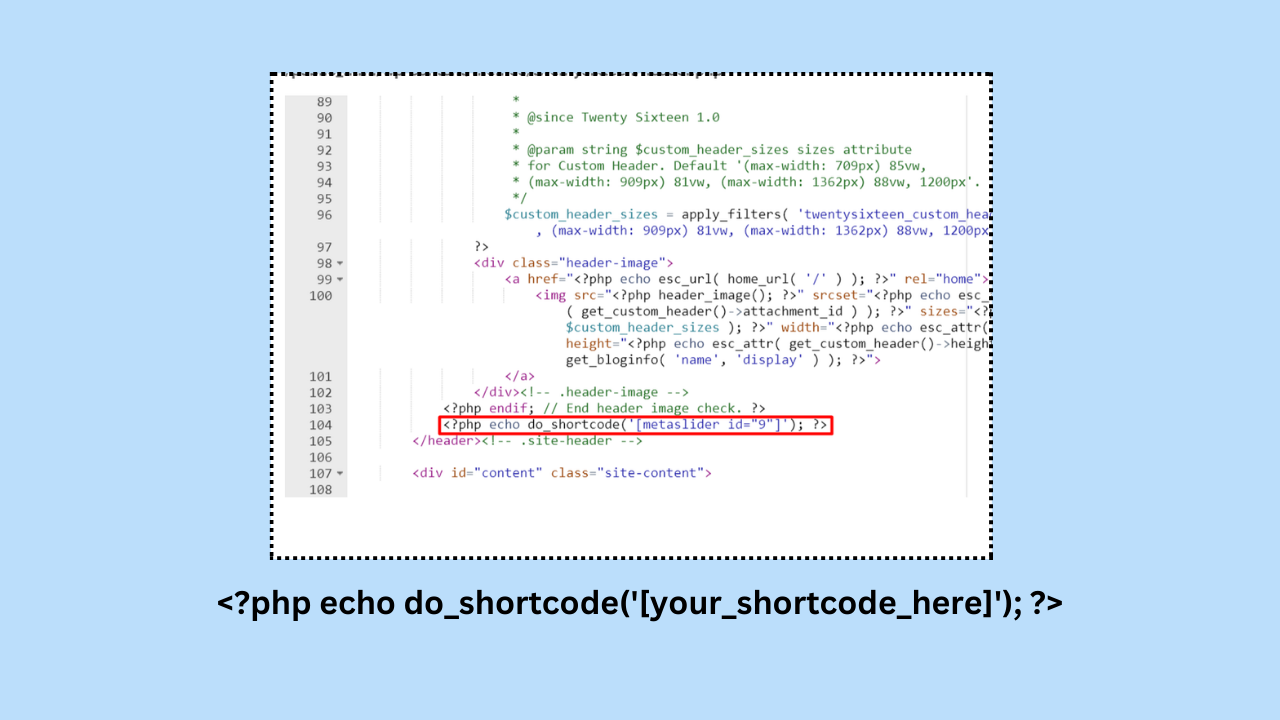Social media crisis management is crucial for businesses to navigate unexpected challenges and maintain a positive online reputation. Here’s a guide along with a template to help you handle social media crises effectively:
Social Media Crisis Management Guide
**1. Prepare in Advance:
- Identify potential crisis scenarios.
- Establish a crisis management team.
- Develop a crisis communication plan.
**2. Monitoring:
- Use social media listening tools to monitor brand mentions.
- Set up Google Alerts for your brand name.
- Stay informed about industry trends and potential issues.
**3. Identify Potential Crises:
- Differentiate between a minor issue and a crisis.
- Assess potential impact and the speed at which it could escalate.
**4. Response Team Activation:
- Assemble your crisis response team.
- Define roles and responsibilities.
- Establish a communication protocol.
**5. Assess the Situation:
- Gather all available information.
- Determine the severity of the crisis.
- Identify affected parties.
**6. Social Media Communication:
- Acknowledge the issue promptly.
- Use a designated hashtag if necessary.
- Provide regular updates and be transparent.
**7. Choose the Right Channels:
- Select appropriate social media channels to address the crisis.
- Adjust your tone based on the platform.
**8. Craft a Holding Statement:
- Develop a concise and empathetic holding statement.
- Avoid blame and focus on resolving the issue.
**9. Dedicated Landing Page:
- Create a dedicated webpage or blog post for crisis updates.
- Direct social media traffic to this page for official information.
**10. Employee Guidelines: – Instruct employees on how to respond to inquiries. – Emphasize the importance of not escalating the situation.
**11. Customer Support: – Increase support staff availability. – Provide clear instructions for affected customers.
**12. Apologize if Necessary: – If your company is at fault, issue a sincere apology. – Explain the steps being taken to address the issue.
**13. Media Relations: – Coordinate with the PR team for traditional media. – Share the same message across all channels.
**14. Learn from the Crisis: – Conduct a post-crisis review. – Identify areas for improvement in crisis management.
Social Media Crisis Management Template
**1. Crisis Scenario:
- Describe the potential crisis scenario.
**2. Response Team Members:
- List names and roles of individuals on the crisis response team.
**3. Communication Plan:
- Outline the communication plan, including channels to be used.
**4. Monitoring Tools:
- Specify the tools used for social media monitoring.
**5. Crisis Severity Scale:
- Develop a scale to assess the severity of a crisis.
**6. Communication Protocol:
- Detail the protocol for internal and external communication.
**7. Key Messages:
- Draft key messages to be communicated during a crisis.
**8. Response Time Targets:
- Set response time targets for acknowledging and addressing the crisis.
**9. Holding Statement Template:
- Provide a template for a holding statement.
**10. Customer Support Plan: – Outline the plan for increased customer support.
**11. Media Relations Contacts: – List media contacts for coordination.
**12. Post-Crisis Review Questions: – Develop questions to guide the post-crisis review.
Feel free to adapt this guide and template to suit your specific business needs. Remember, effective communication and transparency are key elements in managing social media crises successfully.










